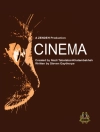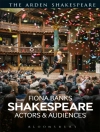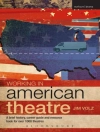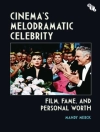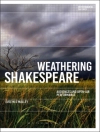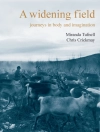Lighting performs essential functions in Hollywood films, enhancing the glamour, clarifying the action, and intensifying the mood. Examining every facet of this understated art form, from the glowing backlights of the silent period to the shaded alleys of film noir, Patrick Keating affirms the role of Hollywood lighting as a distinct, compositional force.
Closely analyzing Girl Shy (1924), Anna Karenina (1935), Only Angels Have Wings (1939), and T-Men (1947), along with other brilliant classics, Keating describes the unique problems posed by these films and the innovative ways cinematographers handled the challenge. Once dismissed as crank-turning laborers, these early cinematographers became skillful professional artists by carefully balancing the competing demands of story, studio, and star. Enhanced by more than one hundred illustrations, this volume counters the notion that style took a backseat to storytelling in Hollywood film, proving that the lighting practices of the studio era were anything but neutral, uniform, and invisible. Cinematographers were masters of multifunctionality and negotiation, honing their craft to achieve not only realistic fantasy but also pictorial artistry.
विषयसूची
Acknowledgments
Introduction: The Rhetoric of Light
Part I: Lighting in the Silent Period
1. Mechanics or Artists?
2. From the Portrait to the Close-Up
3. The Drama of Light
4. Organizing the Image
Part II: Classical Hollywood Lighting
5. Inventing the Observer
6. Conventions and Functions
7. The Art of Balance
Part III: Shifting Patterns of Shadow
8. The Promises and Problems of Technicolor
9. The Flow of the River
10. Film Noir and the Limits of Classicism
Conclusion: Epilogue
Notes
Index
लेखक के बारे में
Patrick Keating is an assistant professor in the Department of Communication at Trinity University, where he teaches courses in film and media studies.


